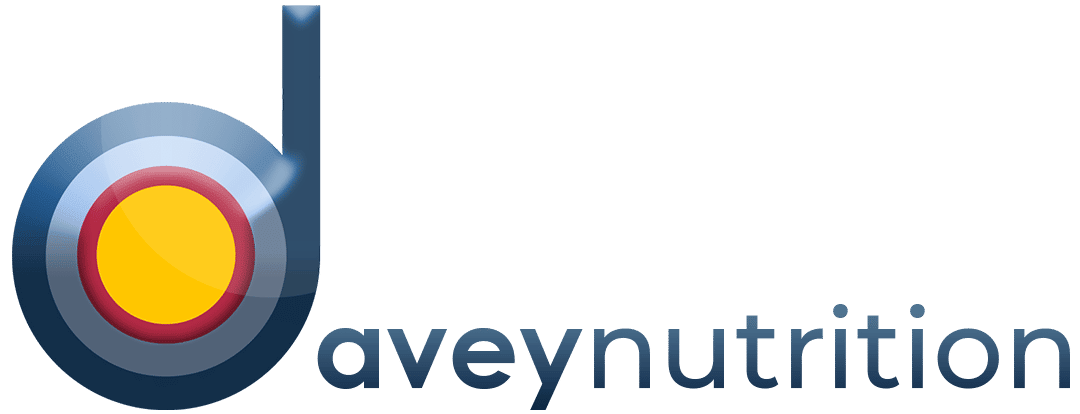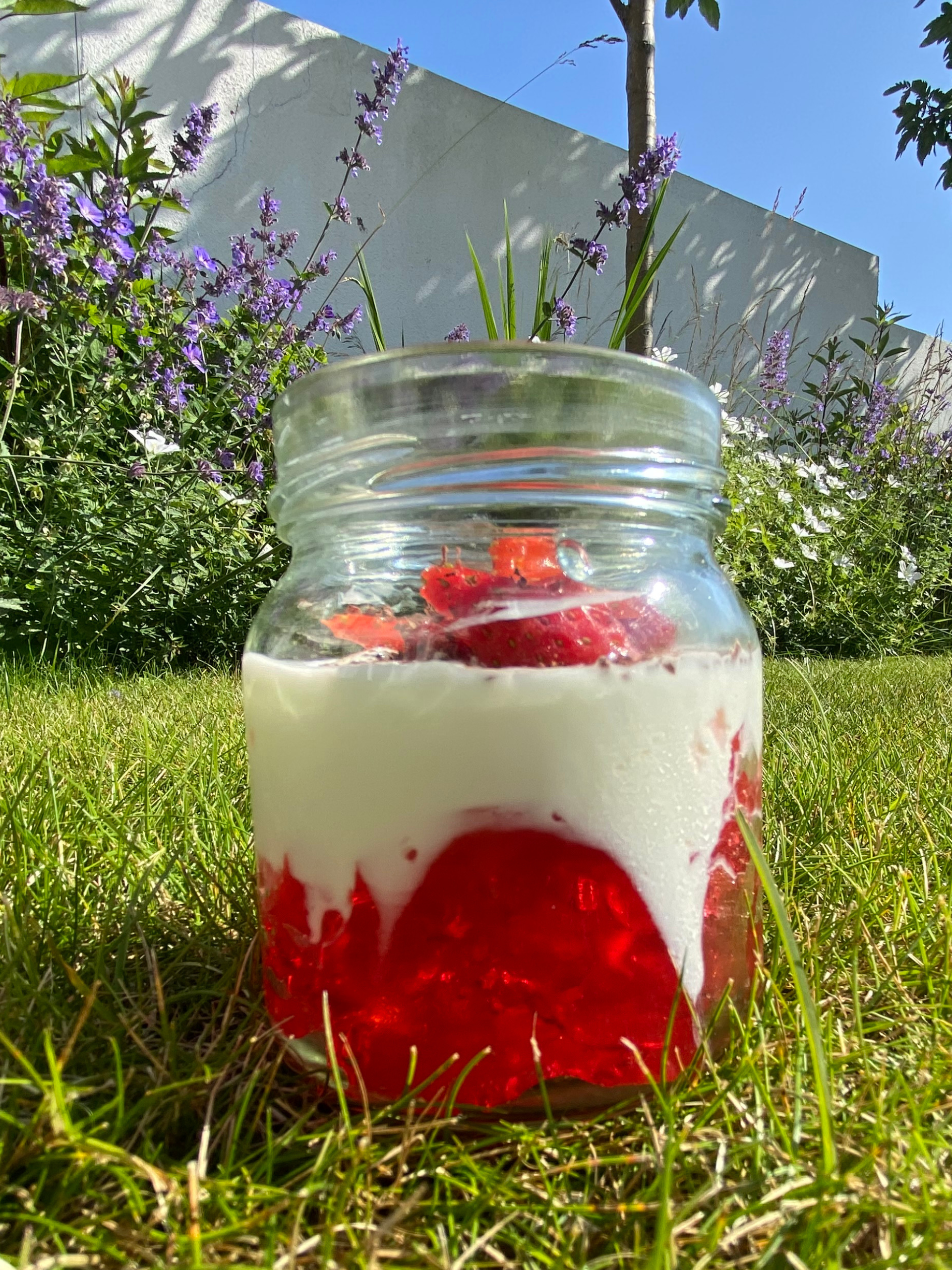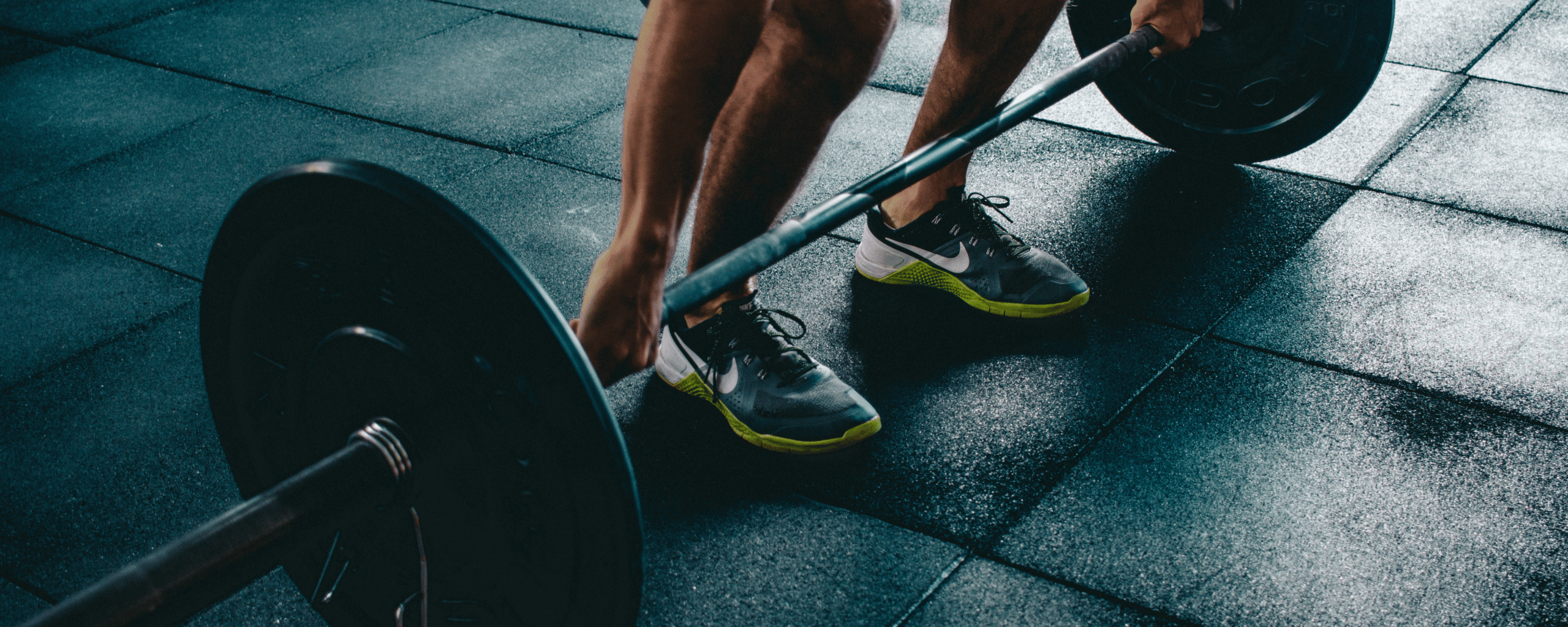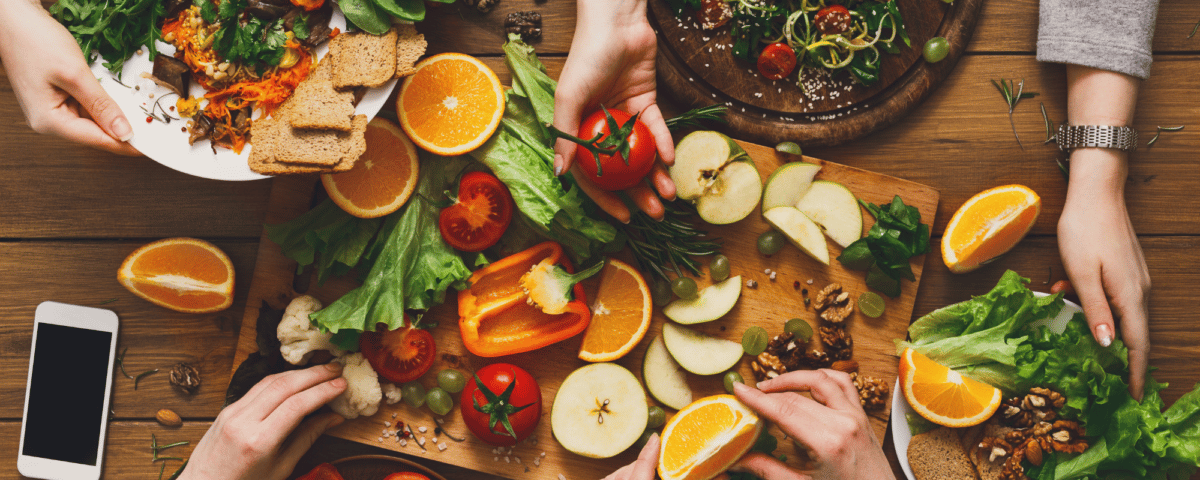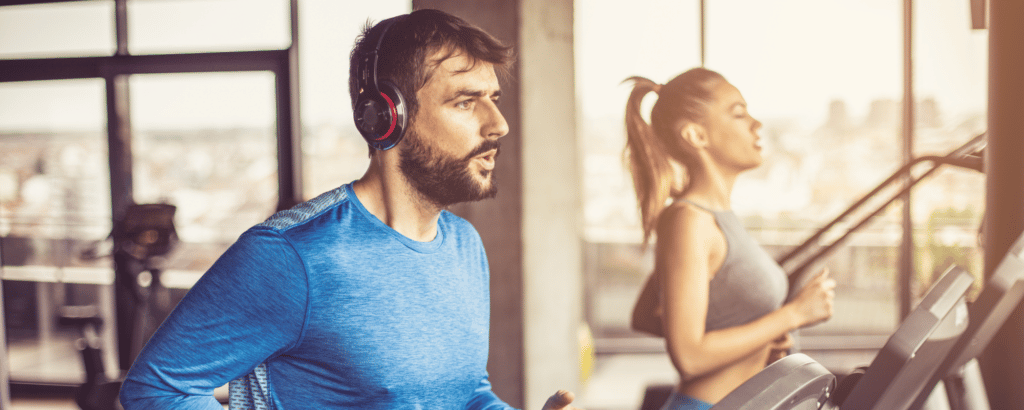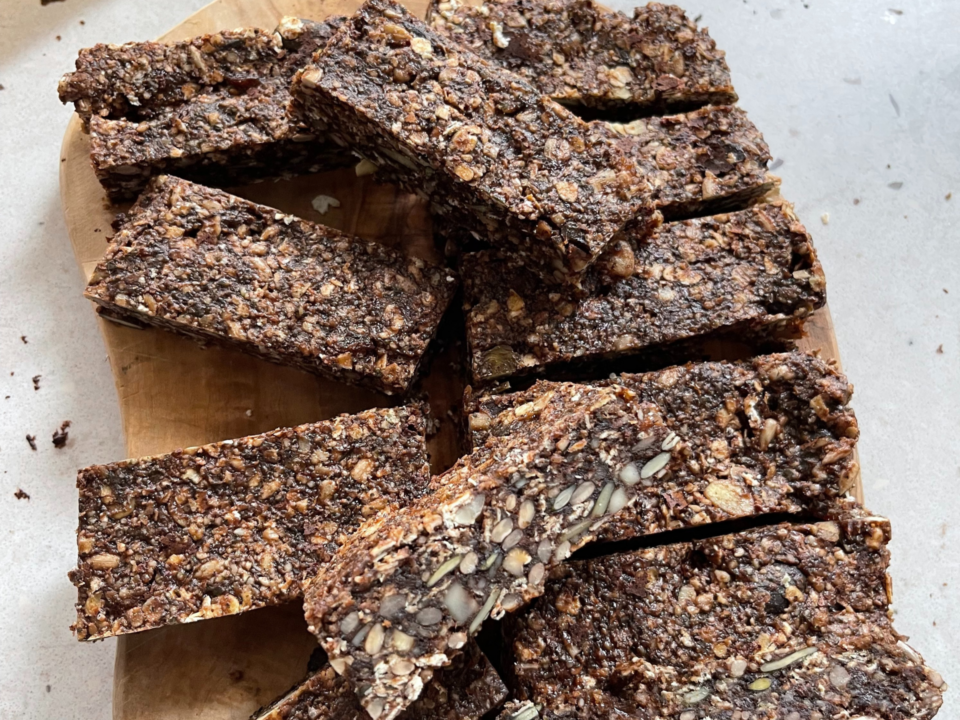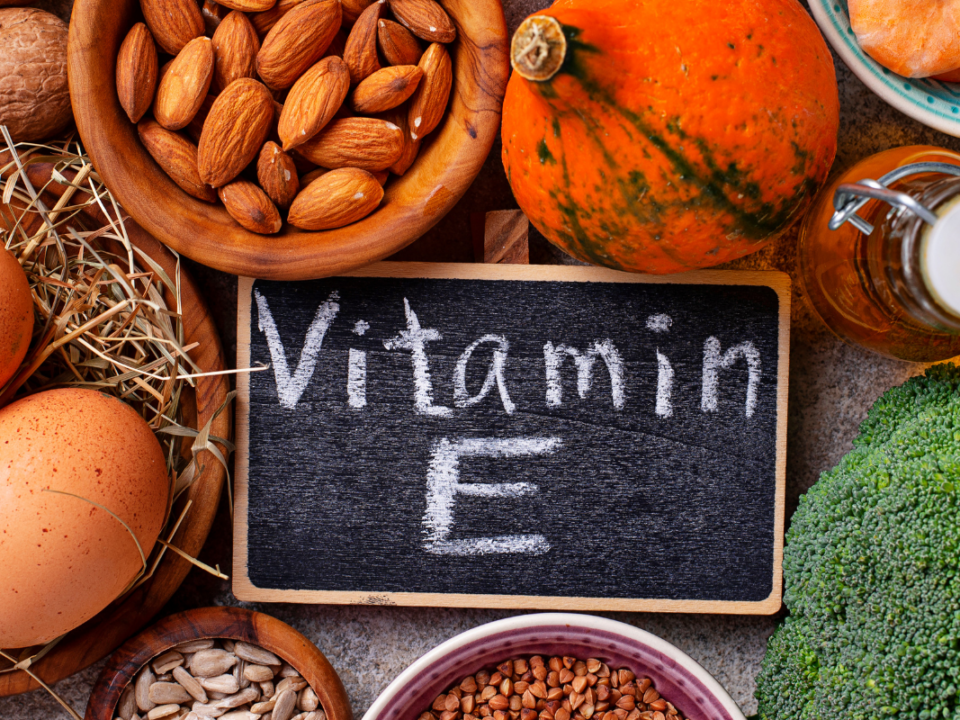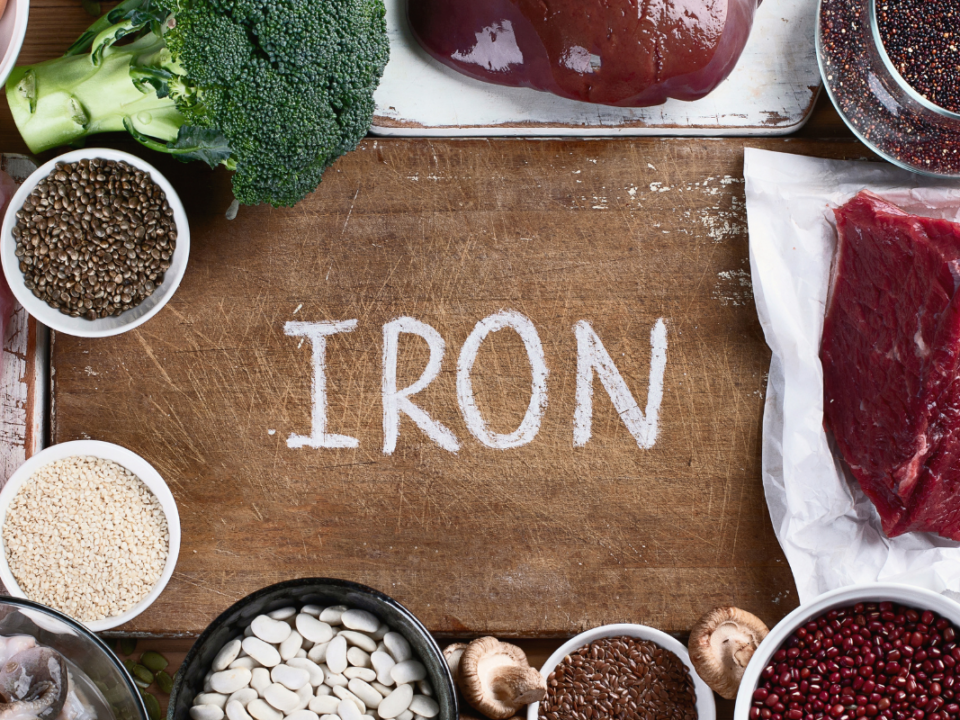What are antioxidants?
Antioxidants are natural or man-made substances that can protect cells from damage caused by free radicals in the body. Fruit and vegetables are great sources of antioxidants, such as Vitamin C, Vitamin E, selenium, and carotenoids.
Consuming a diet rich in antioxidant containing foods (ie. leafy greens, berries, herbs and spices) has been shown to be beneficial to our health, however, the effect of high levels of antioxidants to our health is still a topic of much debate.
There are a lot of compounds that fall under the category of antioxidants. Common antioxidants that are used by athletes include Vitamin C, Vitamin E, quercetin, Co-Enzyme Q10, tart cherry juice, resveratrol and polyphenols (Nieman et al., 2007). This article will discuss two common dietary antioxidants; Vitamin C and Vitamin E.
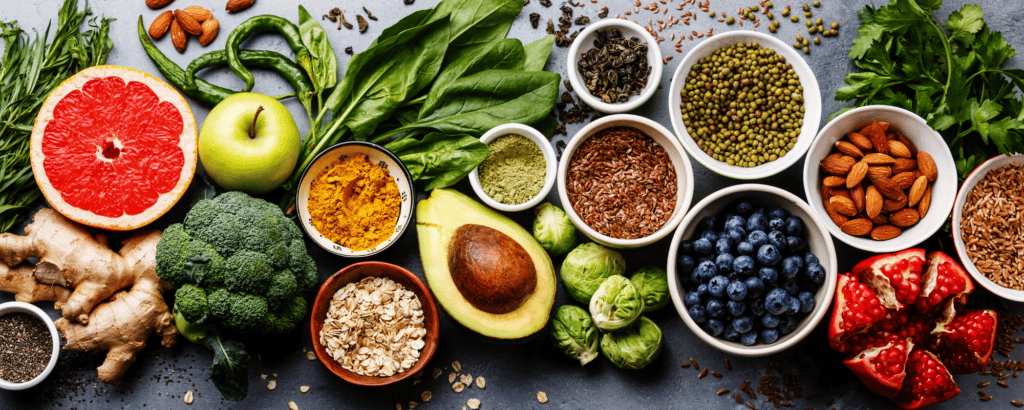
What happens when we exercise?
We are all familiar with the benefits of exercise to our physical health, mental health, body composition, along with everything else it can offer, friends, community, social occasions.
When we exercise, we produce ROS (Reactive Oxygen Species) from energy metabolism. Excessive ROS molecules can lead to oxidative damage in the cells and contribute to ageing as well as a number of degenerative diseases. These molecules can also impair muscle function which can have a negative impact on performance.
However, a certain amount of free radicals can actually play an important role in the body’s adaptive response to high intensity exercise, allowing us to become bigger, faster or stronger! And who doesn’t want that?!
Exercise itself has been shown to reduce inflammation in the body (Merr and Ristow, 2016) and to have a positive effect on our insulin resistance and glucose metabolism which is a win-win for our health (James D.E, et al., 1984). This means that we are able to use glucose more efficiently and reduce our blood sugars more effectively. One obvious benefit to this is the reduced risk of developing type-2 diabetes.
What happens when we take antioxidants?
Antioxidants combat the effects of free radicals and ROS which can reduce the risk of disease and damage caused by oxidation within the body, which is a positive for our overall health.
Foods containing antioxidants properties include:
Berries, leafy greens, ginger, turmeric, herbs and spices and tart cherries, to name a few.
Antioxidant rich foods and supplements can be used to limit muscle soreness, reduce inflammation and reduce fatigue, when recovery is priority! And not adaptation!
Antioxidants can also blunt the health promoting effects of exercise. High levels of antioxidants ie. by supplementation, have been shown to inhibit the improvements to insulin resistance and glucose metabolism (Ristow, et al., 2009).
How does this affect our response to exercise?
This may interfere with some of the critical signalling pathways that are involved in protein synthesis and the adaptive response to exercise can be blocked, preventing us from becoming bigger, faster or stronger!
Although consuming antioxidant supplements close to training may reduce inflammation and improve muscle contractility in the short term, they can also blunt the adaptive response to training, therefore limiting your ability to gain muscle size and strength.
Studies have shown that when we exercise and consume high doses of antioxidants such as Vitamin C and E, the adaptive response to high intensity exercise is blunted which negatively can impact performance (Nikolaidis et al., 2012).
When should they be taken and by whom?
High volume and intense training is linked to immune suppression and a greater risk of illness in athletes. Which is why athletes may choose to use antioxidants to reduce their risk of illness or to improve the rate of recovery from intense exercise in a short recovery window. This is common during periods of high intensity exercise where the immune system may be compromised or where performance is more of a priority than the adaptive response.
For example, if an athlete has a game/competition this evening and another training session or game the following day that they need to recover quickly for.
For the general population, antioxidant supplements are rarely necessary! Consuming a diet rich in fruit and vegetables and other antioxidant containing foods is sufficient in most cases.
Fruits and vegetables are a source of antioxidants, and they also contain an abundance of other bioactive compounds that have numerous other healthy benefits, including reducing the risk of type 2 diabetes (Hamer M, Chida Y., 2007), weight control, gut health, reducing blood pressure and the risk of heart disease and stroke (Harvard.edu).
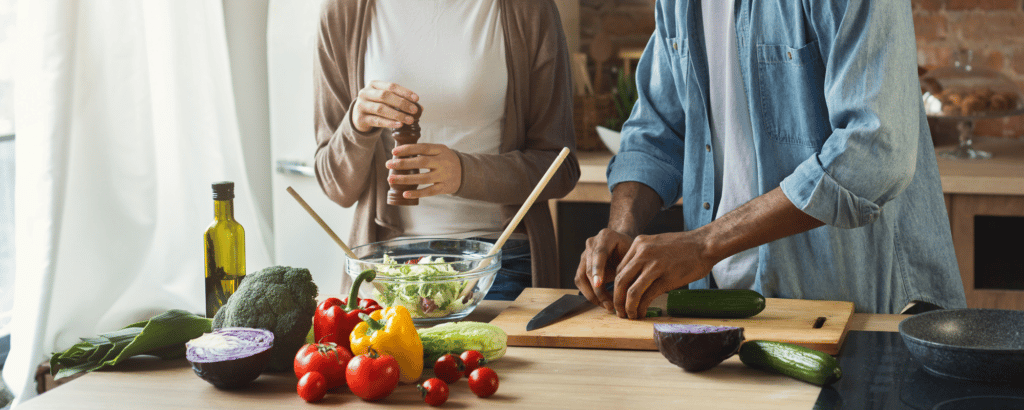
Is food enough?
It is actually not that difficult to consume your total recommended daily intake of antioxidants from your food! By consuming a diet rich in fruits and vegetables, it would be hard not to consume your recommended intake of Vitamin C or Vitamin E.
Take these two recipes for example. By including these two simple recipes in your meal plan, you will be consuming over 100% of your Recommended Intake from these meals alone!
Berry Happy Kefir Smoothie + Creamy Salmon Mega Mix
(52% RI Vitamin E, 38% RI of Vitamin C) + (53% RI Vitamin E, 95% RI of Vitamin C)
Simply use the filter “Vitamin C” or “VItamin E” on the Recipe page to find recipes that are a source of these antioxidants!
Here are some key questions for you when deciding to use an antioxidant supplement or food source as part of your health or performance nutrition strategy:
- Does the supplement work?
- What is the supplement / food being used for?
- Is it worth the expense?
- Are there any negative side effects?
If choosing an antioxidant supplement, you should know that there are many supplements on the market with exaggerated marketing claims and little or no scientific evidence!! But there are also some antioxidants that have shown some credible scientific support:
- Vitamin C and Quercetin – can be beneficial for reducing the rate of illness during periods of heavy training.
- Concentrated Tart Cherry Juice – shown to accelerate the recovery of a number of performance measures including muscle soreness and fatigue. It may also support better quality sleep which is important for health and recovery.
References
Bell, P.G., Walshe, I.H., Davison, G.W., Stevenson, E. and Howatson, G., (2014). Montmorency cherries reduce the oxidative stress and inflammatory responses to repeated days high-intensity stochastic cycling. Nutrients, 6(2), pp.829-843.
Connolly, D.A.J., McHugh, M.P. and Padilla-Zakour, O.I., 2006. Efficacy of a tart cherry juice blend in preventing the symptoms of muscle damage. British journal of sports medicine, 40(8), pp.679-683.
Hamer, M., Chida, Y., 2007. Intake of fruit, vegetables, and antioxidants and risk of type 2 diabetes: Systematic review and meta-analysis. Journal of Hypertension ;25:2361–2369.
Howatson, G., Bell, P.G., Tallent, J., Middleton, B., McHugh, M.P. and Ellis, J., 2012. Effect of tart cherry juice (Prunus cerasus) on melatonin levels and enhanced sleep quality. European journal of nutrition, 51(8), pp.909-916.
James, D.E., Kraegen, E.W., Chisholm, D.J. 1984. Effect of exercise training on whole-body insulin sensitivity and responsiveness. Journal of Applied Physiology; 56:1217–1222.
Nieman, D.C., Henson, D.A., Gross, S.J., Jenkins, D.P., Davis, J.M., Murphy, E.A., Carmichael, M.D., Dumke, C.L., Utter, A.C., McAnulty, S.R. and McAnulty, L.S., 2007. Quercetin reduces illness but not immune perturbations after intensive exercise. Medicine & Science in Sports & Exercise, 39(9), pp.1561-1569.
Powers, S. K., & Jackson, M. J. 2008. Exercise-induced oxidative stress: cellular mechanisms and impact on muscle force production. Physiological reviews, 88(4), 1243–1276.
Ristow, M., Zarse, K., Oberbach, A., Klöting, N., Birringer, M., Kiehntopf, M., Stumvoll, M., Kahn, C. R., & Blüher, M. 2009. Antioxidants prevent health-promoting effects of physical exercise in humans. Proceedings of the National Academy of Sciences of the United States of America, 106(21), 8665–8670. https://doi.org/10.1073/pnas.0903485106
